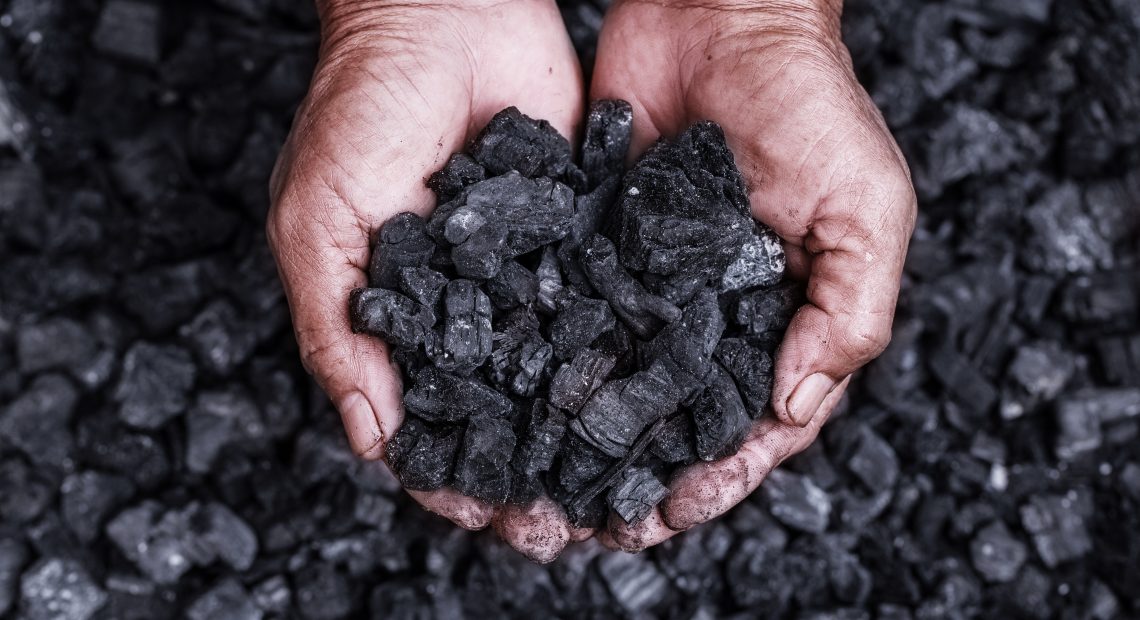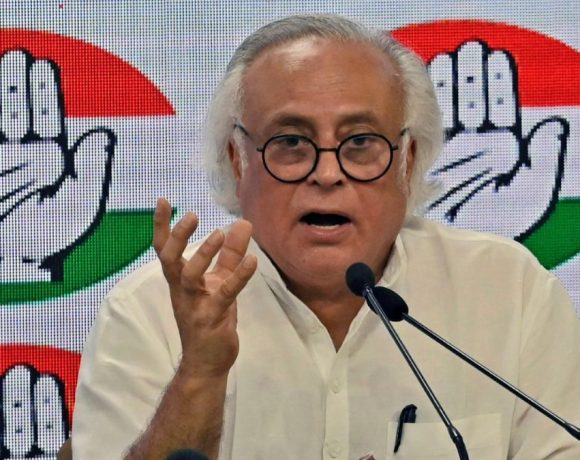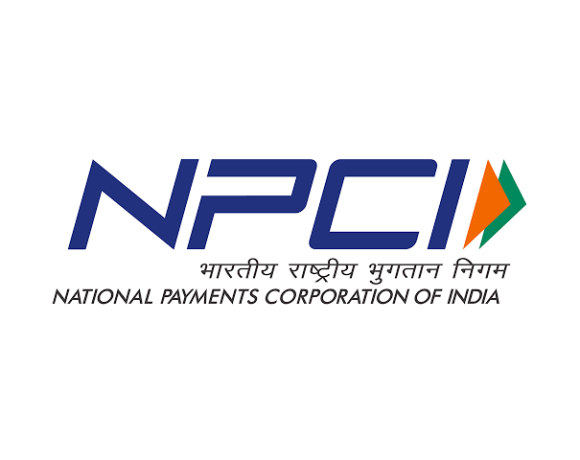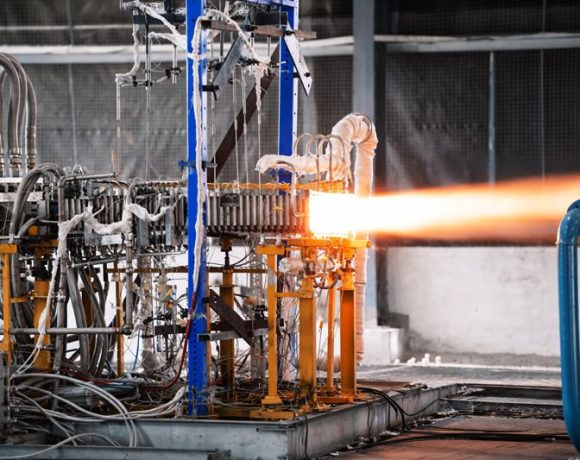
India to Extract Rare Earths from Coal Waste by August
India is set to begin commercial extraction of rare earth elements (REEs) from coal-mine waste starting August 2025, marking a significant step in its push for mineral self-reliance under the National Critical Minerals Mission. The initial operations will commence in open-cast coal mines at Sathupalli and Ramagundam in Telangana, where recent studies have found trace concentrations of valuable elements like scandium and strontium embedded within the overburden—the clay-like waste material typically discarded during mining. According to estimates, approximately one kilogram of scandium and strontium can be recovered from every 15 tonnes of this waste, representing a substantial opportunity given the massive volumes of overburden generated in Indian mining operations.
Strategic Importance of Scandium and Strontium
Scandium is a critical input for lightweight, high-strength aerospace alloys and solid oxide fuel cells, while strontium is vital for producing high-performance magnets, ceramics, and certain medical imaging materials. Both elements are classified as critical due to their limited global supply chains, high strategic value, and concentration of refining capacity in countries like China. By targeting waste material for resource recovery, India hopes to cut its dependency on imports, improve sustainability, and maximise the utility of its existing industrial infrastructure.
Launch Timeline and Broader Exploration
The Ministry of Coal, in partnership with the Department of Science and Technology, has already initiated similar exploration activities at other coal-bearing regions and petroleum waste sites to identify further secondary sources of critical minerals. The commercial launch scheduled for August will be closely followed by additional pilot projects in other mining belts, with the goal of establishing a national network of REE recovery hubs.
Long-Term Vision and Global Alignment
India is also ramping up its international engagement, exploring rare earth cooperation with mineral-rich nations such as Brazil, Argentina, Chile, and Australia. This multi-pronged strategy aims to build a resilient domestic supply chain while aligning with global trends towards circular economies and responsible resource utilisation. If successful, this initiative could significantly transform India’s position in the global rare earth ecosystem, turning mining waste into a national asset and reinforcing the country’s critical mineral security for future technologies.


















